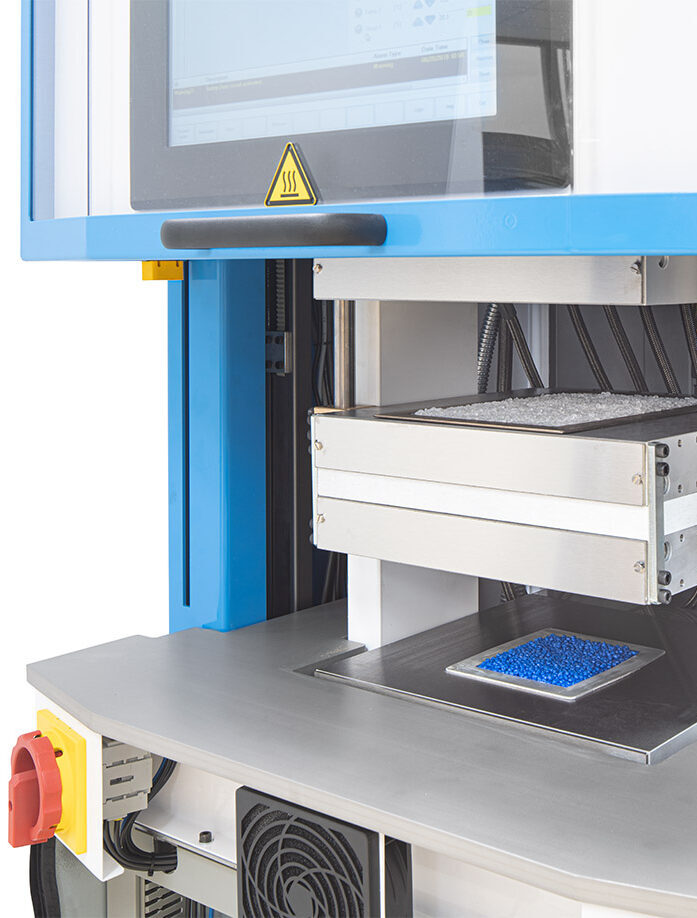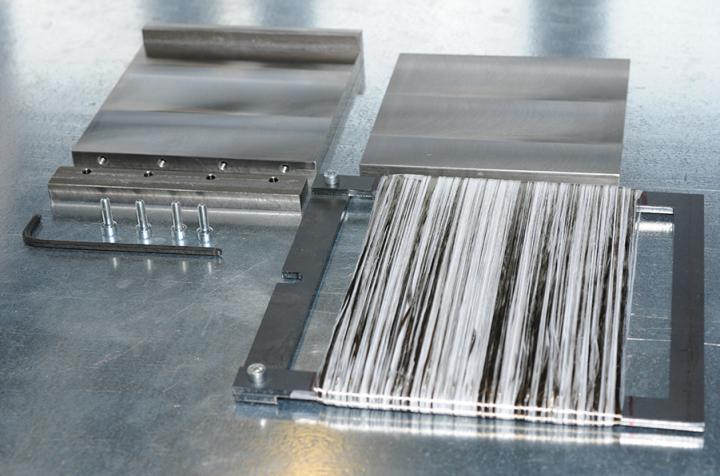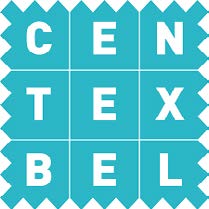Recycling of textiles
Unlike other waste streams, such as household electrical appliances, textile waste, and more specifically discarded clothing, is not subject to a set of regulations that producers must adhere to regarding the collection and disposal of discarded products.
Recycling textile is a challenging process as textiles may get contaminated with residual water resulting in the absorption of moisture and dirt. Also, textile may contain buttons, zippers, etc. or be produced from mixed fabrics, for example elastane.

Textiles based on polymers
Synthetic textile fibers – like plastics – are polymeric products (for example, PET bottles and polyester fleece sweaters have an identical chemical composition) and are produced through an extrusion process. Polyester is often used in all kinds of textile items and is a kind of functionalized plastic, in which the cotton fibers provide the wearing comfort and the polyester ensures that the textile is stronger and dries faster.
This polymeric nature of many textile products is interesting in the context of a circular economy. Thermoplastic polymers used in plastics, synthetic fibers, nonwovens and composites, among others, can be remelted again and again, allowing the thermoplastic recycles from polymeric EOL products to be used again and again in plastics, synthetic fibers and/or fiberreinforced plastics. Unfortunately, this cross-sectoral use of recycled textiles still happens far too little.
The Fontijne Presses LabEcon laboratory press
The Fontijne Presses LabEcon press is used to make samples from recycled fabrics that are thereafter analyzed in various ways: by microscopy, mechanical tests, etc. The types of the fabrics may very from case to case. The fabrics are wrapped around a frame, which is then placed (in a mold) in the press.
There are usually these types of yarns involved:
• low-melting (matrix)
• high-melting (reinforced)
• standard composites with flax fibres (reinforced)
The low-melting fabrics are then remelted to form a matrix around the reinforced fabrics.

Unidirectional composites
The Fontijne Presses laboratory press is used for example at one of our customers – Centexbel to produce composites from yarns, fabrics and nonwovens.Moreover, it is possible to press polymer sheets for the purpose of rotational rheology. For research purposes, it is usually most interesting to make unidirectional composites. The mechanical properties of these are easy to interpret and, in addition, work can be done directly from the yarns – no fabric is needed. Here we work with a polymer matrix in both fiber and film form.The method of producing a UD sheet consists of the following steps:
1. Winding up of a number of layers of reinforcement yarns and matrix yarns on a frame: the number of layers required to reach a certain thickness can be calculated quite easily
2. Placement of this pre-form in the specially developed mold which can be opened to simplify demoulding
3. Cutting the fibers out of the frame: care must be taken not to cause fiber disorientation
4. The mold enters the press to go through the preset press cycle: the press cycle is characterized by set press pressure, temperature and time.
Specifications of the Fontijne Presses LabEcon lab press
The lab press of Centexbel is a LabEcon press type 600 with a force range of 30-600 kN, plates 400 x 400mm and with a max. temperature of 300ÆC.
• Max temperature: 300 C
• ΔT/Δt = max 10 C/min
• Pressure: 30-600 kN (2-300 bar)
About Centexbel


Centexbel-VKC supports the industry in its search for and development of innovative and qualitative products by providing them with a range of tools such as specialized tests, technological and environmental advice, innovation support, information and brainstorming sessions and, of course, by our offer of research projects.




